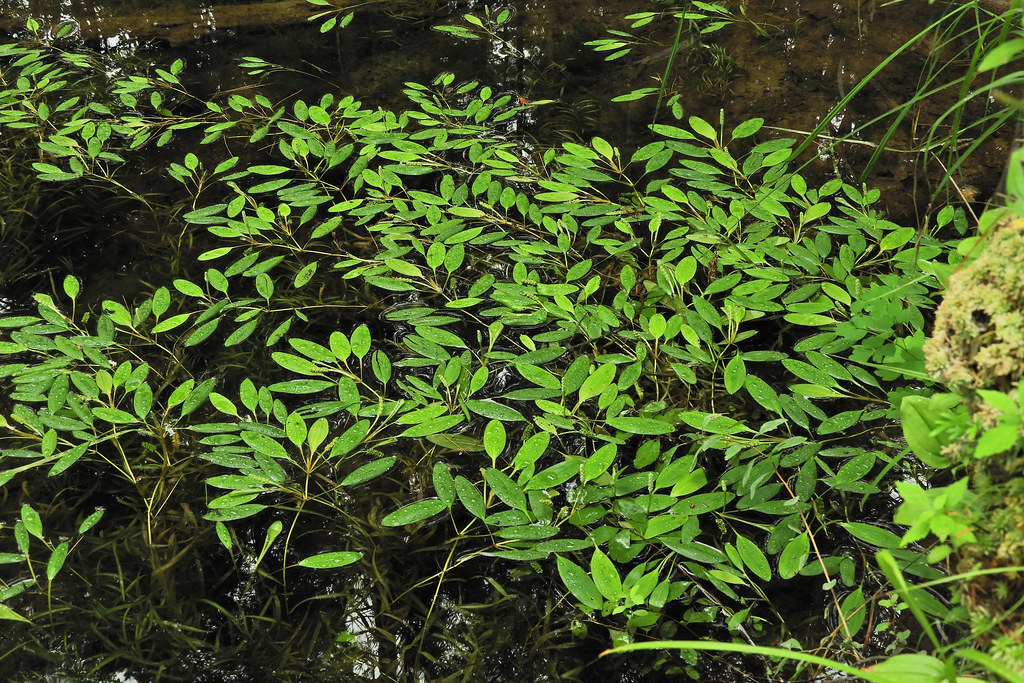Ribbon-leaf Pondweed
Potamogeton epihydrus
Ribbon-leaf pondweed is an underwater grass that can be found in slow-flowing waters that are 3 to 7 feet deep. Its buoyant leaves are identifiable by their light-colored center stripe. It produces small, green-brown flowers.

